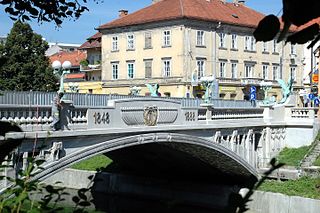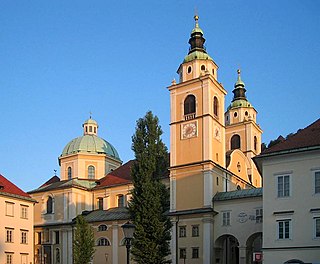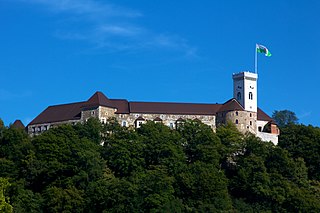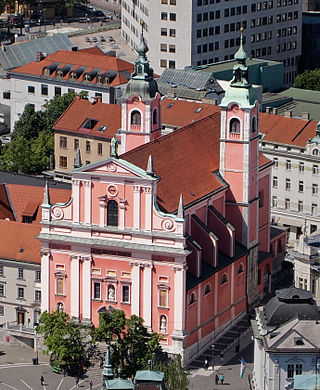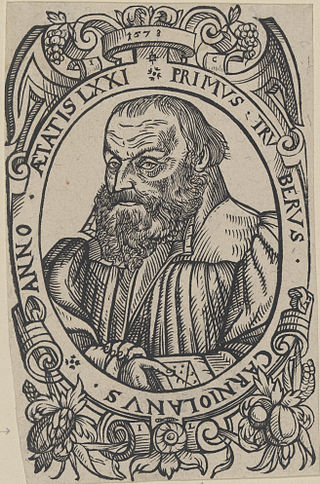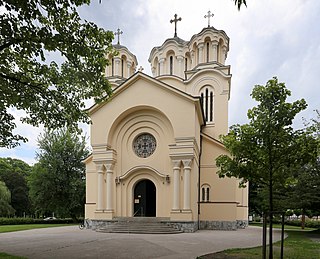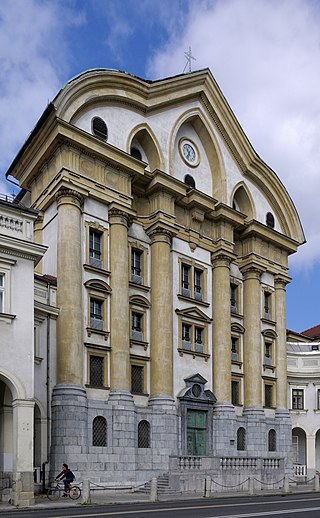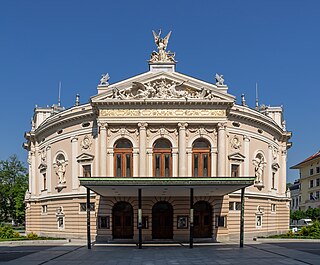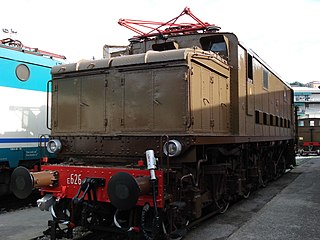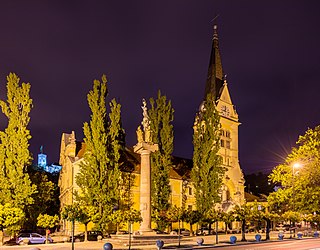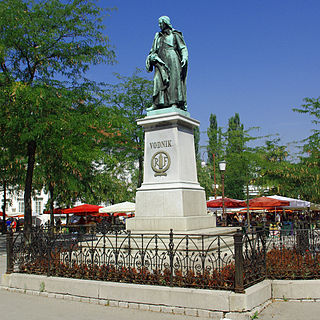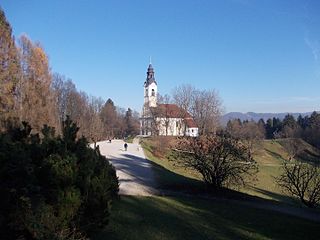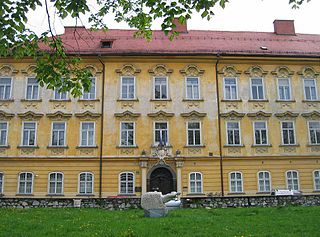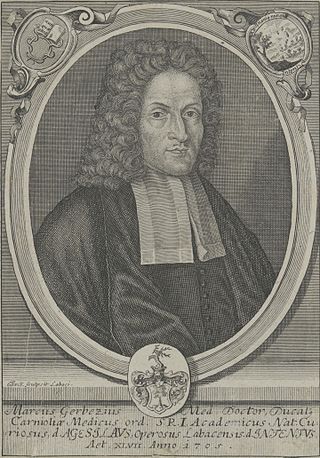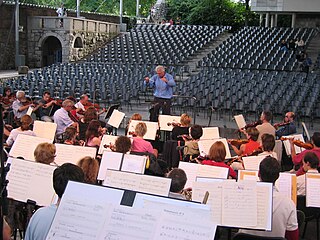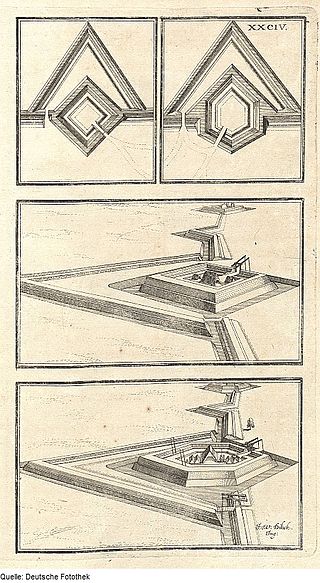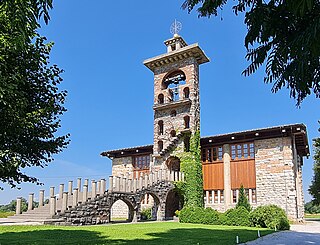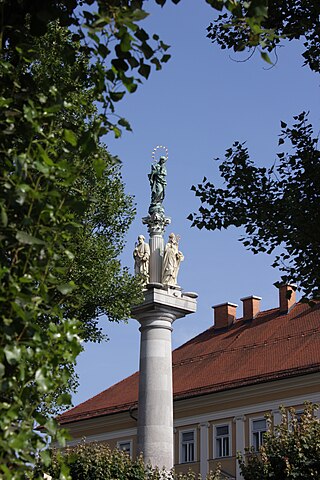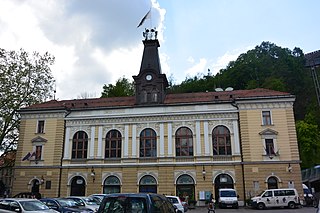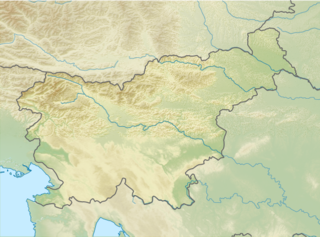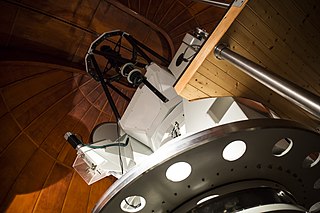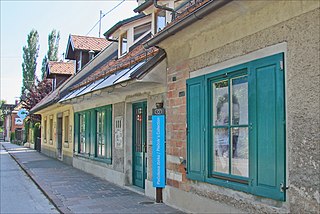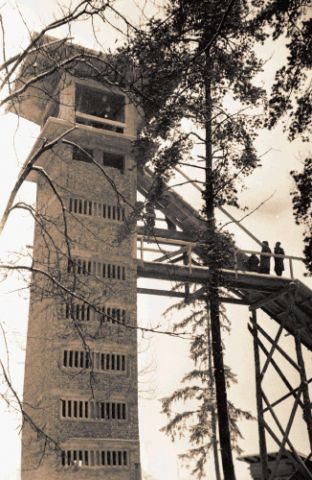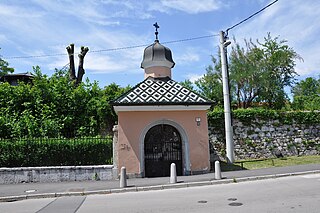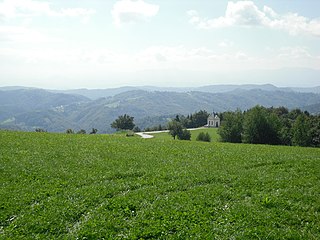33 Sights in Ljubljana, Slovenia (with Map and Images)
Legend
Premium Sights
Book tickets, guided tours and activities in Ljubljana.
Guided Free Walking Tours
Book free guided walking tours in Ljubljana.
Welcome to your journey through the most beautiful sights in Ljubljana, Slovenia! Whether you want to discover the city's historical treasures or experience its modern highlights, you'll find everything your heart desires here. Be inspired by our selection and plan your unforgettable adventure in Ljubljana. Dive into the diversity of this fascinating city and discover everything it has to offer.
Sightseeing Tours in LjubljanaActivities in LjubljanaThe Robba Fountain, since the first half of the 20th century also known as the Fountain of the Three Carniolan Rivers, is the fountain that stands in front of Ljubljana Town Hall at Town Square in Ljubljana, the capital of Slovenia. It was originally made in 1751 by the Italian sculptor Francesco Robba and is one of the city's most recognisable symbols.
The Dragon Bridge is a road bridge located in Ljubljana, the capital of Slovenia. It crosses the Ljubljanica River. between Kopitar Street and Ressel Street, to the north of the Ljubljana Central Market at Vodnik Square. It was built in the beginning of the 20th century, when Ljubljana was part of the Austro-Hungarian Empire. As one of the best examples of reinforced concrete bridges and of the Vienna Secession style, the bridge is today protected as a technical monument. It is intended primarily for motorised traffic.
Ljubljana Cathedral, officially named Saint Nicholas's Church, also named Saint Nicholas's Cathedral, the Cathedral of Saint Nicholas, or simply the Cathedral, is a cathedral in Ljubljana, the capital of Slovenia. Originally, Ljubljana Cathedral was a Gothic church. In the early 18th century, it was replaced by a Baroque building. It is an easily recognizable landmark of the city with its green dome and twin towers and stands at Cyril and Methodius Square by the nearby Ljubljana Central Market and Town Hall.
Ljubljana Castle is a castle complex standing on Castle Hill above downtown Ljubljana, the capital of Slovenia. It is a key landmark of the town. Originally a medieval fortress, it was probably constructed in the 11th century and rebuilt in the 12th century. It acquired its present outline with an almost complete overhaul in the 15th century, whereas the majority of the buildings date to the 16th and 17th centuries. Initially a defense structure and since the first half of the 14th century the seat of the lords of Carniola, it was since the early 19th century used for various other purposes and today is used as a major cultural venue.
The Franciscan Church of the Annunciation is a Franciscan church located on Prešeren Square in Ljubljana, the capital of Slovenia. It is the parish church of Ljubljana - Annunciation Parish. It was built on a site where two or possibly three churches stood earlier between 1646 and 1660 under the management of Francesco Olivieri and Francesco Rosina, and its exterior was redesigned in 1858 according to plans by Franz Kurz zum Thurn und Goldenstein. The frescoes in the interior were added in the mid-19th century by Matevž Langus and on the ceiling by Matej Sternen in the first half of the 20th century, whereas the main altar was mostly made by the Baroque sculptor Francesco Robba (1736). The red or pink colour of the church is symbolic of the Franciscan monastic order. Since 2008, the church has been protected as a cultural monument of national significance of Slovenia.
6. Monument to Primož Trubar
Primož Trubar or Primus Truber was a Slovene Protestant Reformer of the Lutheran tradition, mostly known as the author of the first Slovene language printed book, the founder and the first superintendent of the Protestant Church of the Duchy of Carniola, and for consolidating the Slovenian language. Trubar introduced The Reformation in Slovenia, leading the Austrian Habsburgs to wage the Counter-Reformation, which a small Protestant community survived. Trubar is a key figure of Slovenian history and in many aspects a major historical personality.
7. Prešern Memorial
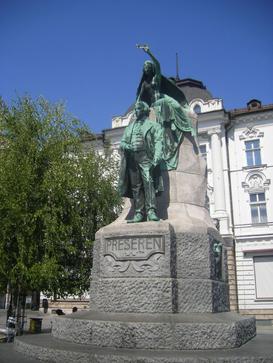
The Prešeren Monument in Ljubljana, also Prešeren Statue in Ljubljana, is a late Historicist bronze statue of the Slovene national poet France Prešeren in Ljubljana, the capital of Slovenia. It stands in the eastern side of Prešeren Square, in front of the Central Pharmacy Building in Ljubljana, the capital of Slovenia. It is among the best-known Slovenian monuments.
8. Saints Cyril and Methodius Church
Sts. Cyril and Methodius Church, commonly known as the Orthodox Church, is an Eastern Orthodox church building located in Trubar Park, between Bleiweis Street and Prešeren Street, north of the Museum of Modern Art and west of the National Gallery of Slovenia. It belongs to the Metropolitanate of Zagreb and Ljubljana of the Serbian Orthodox Church.
9. Ursuline Church of the Holy Trinity
Ursuline Church of the Holy Trinity, officially Holy Trinity Parish Church in Ljubljana, also Nun Church, is a parish church in Ljubljana, the capital of Slovenia. It is located at Slovene Street, along the western border of Congress Square. It was built between 1718 and 1726 in the Baroque style.
10. SNG Opera in balet Ljubljana
The Ljubljana Opera House is an opera house in Ljubljana, the capital of Slovenia. The seat of the national opera and ballet company, the Ljubljana Slovene National Theatre Opera and Ballet, it serves as the national opera building of the country. It stands at 1 Župančič Street between the Slovenian Parliament building, on one hand, and the National Museum and the National Gallery, on the other hand.
11. Električna lokomotiva Breda JŽ 361-001
The FS E.625 and E.626 are two classes of Italian electric locomotives produced for the Ferrovie dello Stato. They were introduced in the course of the 1920s and remained in service until the 1990s. The E.626 was the first locomotive fed by 3,000 V DC overhead line in Italy.
12. Cerkev sv. Jakoba
St. James's Parish Church is a church in Ljubljana, the capital of Slovenia. It is dedicated to St. James the Greater. Its name is often incorrectly translated as St. Jacob's because Slovene, like many other languages, uses the same word for both James and Jacob.
13. Valentin Vodnik
The Vodnik Monument or Valentin Vodnik Monument, is dedicated to the Carniolan priest, poet and journalist Valentin Vodnik (1758−1819). It stands at Vodnik Square in Ljubljana, the capital of Slovenia, in the immediate vicinity of the Ljubljana Central Market.
14. Sv. Urh
Sveti Urh is a 342-meter-high hill in Ljubljana above Dobrunjami, near Bizovik. At the top is the Church of St. Nicholas. Urha. The place is mainly known for the fact that it served as a home guard post during World War II.
15. National Gallery
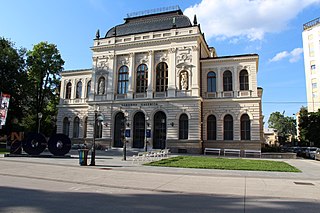
The National Gallery of Slovenia is the national art gallery of Slovenia. It is located in the capital Ljubljana. It was founded in 1918, after the dissolution of Austria-Hungary and the establishment of the State of Slovenes, Croats and Serbs. Initially, it was hosted in the Kresija Palace of Ljubljana, but moved to the present location in 1925.
16. Gruberjeva palača
Gruber Mansion is a mansion in Ljubljana, the capital of Slovenia, standing at 1 Astronomy Street on the right bank of the Ljubljanica, east of Levstik Square and Castle Hill. It currently houses the Archives of the Republic of Slovenia.
17. Marko Gerbec
Marko Gerbec was a Carniolan physician and scientist, notable as the founder of modern medicine among the Slovenes and for the first description of Adams–Stokes syndrome. It was published in 1717 and, 44 years after its publication, it was quoted by Giovanni Battista Morgagni.
18. Computer Museum
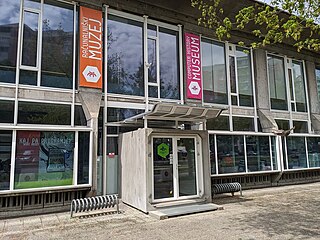
The Computer History Museum Slovenia is a museum in Slovenia dedicated to preserving the history of computing and digital heritage. Highlighting computer artifacts tied to global computer history, the museum also presents a substantial collection of items linked to early Yugoslav and Slovene computer systems.
Wikipedia: Computer History Museum Slovenia (EN), Website, Twitter, Facebook
19. Križanke outdoor theatre
The Križanke Outdoor Theatre is a theatre in Ljubljana, Slovenia, used for summer festivals set up inside the courtyard of the former Monastery of the Holy Cross. It is located at French Revolution Square no. 1.
20. šance
A schanze is, according to the specialist terminology of German fortification construction, an independent fieldwork that is frequently used in the construction of temporary field fortifications. The word is German and has no direct English equivalent, although the word sconce is derived from Dutch schans, which is cognate to the German word.
21. MGLC Švicarija
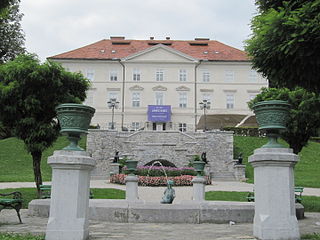
The International Centre of Graphic Arts in Ljubljana was established in 1986 to give the international Ljubljana Biennial of Graphic Arts - which itself has a longer, uninterrupted tradition from 1955 - its own place. Most of its history the director was Zoran Kržišnik.
Wikipedia: International Centre of Graphic Arts (Ljubljana) (EN), Website
22. Cerkev Sv. Mihaela
Church of St. Michael in Črna Vas, Slovenia, also known as the Church of St. Michael in the Marsh, is a parish church of the Roman Catholic Church in the Roman Catholic Archdiocese of Ljubljana. Dedicated to Saint Michael, it is one of the prominent works of 20th-century Slovenian architect Jože Plečnik, and is listed as a monument of national significance of Slovenia. The church, together with several other Plečnik's works in Ljubljana, has also been listed as a UNESCO World Heritage Site The works of Jože Plečnik in Ljubljana – Human Centred Urban Design in 2021.
Wikipedia: St. Michael's Church (Črna Vas) (EN), Website, Heritage Website
23. Marijin steber
Mary's pillar is a sign of Mary in the form of a pillar with a statue of Mary at the top, which stands on Levstik Square in front of the parish church of St. Jacob in Ljubljana. In its present form, it was erected in 1938 according to the plan of architect Jože Plečnik, and the design is the remnant of one of the oldest still preserved public monuments in Ljubljana, which has been changed several times throughout history.
24. Miklošičev park
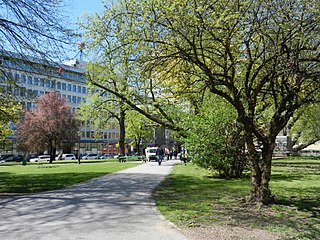
Miklošić Park is one of the most important parks in Ljubljana. It is named after the Slovenian philologist and linguist Franc Miklošič. It was edited from 1902 to 1906. Originally, Slovenski trg was arranged as a park on this site. It was arranged by the Ljubljana City Municipality after the earthquake, and the project was also financially supported by the authorities in Vienna. The park and the square represent the only uniform Art Nouveau space in Ljubljana, with corner towers on all four corners of the buildings. It has a square floor plan and lies between Miklošičeva, Cigaletova, Tavčarjeva and Dalmatinova streets.
25. Ljubljana Puppet Theatre
The Ljubljana Puppet Theatre was founded in 1948, originally as the City Puppet Theatre, and remains the premier Slovenian theatre for puppetry. It is located in Ljubljana, the capital of Slovenia. It had its opening premiere on October 10 as part of the Ljubljana Festival. The first artistic director was Jože Pengov, a Slovenian director, playwright, actor, writer, translator, publicist, and founder of the modern craft of Slovenian puppet theater. Today, the Theatre hosts and participates in numerous European and Slovenian festivals.
26. Šlajmer Park
Šlajmer Park is located between Zaloška Street and Šlajmerjeva Street in Ljubljana, next to the Ljubljana Maternity Hospital. It is named after surgeon Ed Schleimer. It has a triangular floor plan, the geometric design is emphasized by symmetrically planted trees. It was arranged in 1933 according to the plan of Jože Plečnik, so it is one of the monuments of national importance.
27. Astronomsko geofizikalni observatorij Golovec
The Golovec Astronomical and Geophysical Observatory is the national astronomical and geophysical observatory in Ljubljana's Golovec district. The observatory was founded in 1949 on the initiative of Fran Dominek as the first university observatory with the task of establishing conditions for the development of Slovenian professional astronomy. Construction took place between 1954 and 1959. In 1958, a 5.5-meter dome was built separately from the main building, which in 1960 housed a 160 mm f/15 Askania Bamberg refractor, built around 1905. These binoculars were mainly used for observations of the Sun. Dominko became the first director of the observatory, followed by Vladimir Ribarič. Most of the first astronomical instruments were acquired by the observatory from the Astronomical Observatory in Belgrade. Interwar Yugoslavia received these instruments from Germany, as part of the war reparations that Germany had to pay to the Allies after World War I. Today, these instruments are in the Bistra Technical Museum.
Wikipedia: Astronomsko-geofizikalni observatorij Golovec (SL), Website
28. Plečnik House
The Plečnik House is a complex of several houses at 4–6 Karunova Street in the Trnovo district of Ljubljana, in which the Slovenian architect Jože Plečnik lived from 1921 until his death. In 1957, the property with the houses and all the original equipment was bought by the city of Ljubljana and opened to the public in 1974 as part of the Architectural Museum. Since 2010, it has been managed by the Museum and Galleries of the City of Ljubljana. In 2013–2015, the complex was comprehensively renovated. Since 2015, it has hosted a permanent exhibition on the life and work of Jože Plečnik, temporary exhibitions and a study centre for researchers.
29. Skakalnica na Galetovem
The ski jump on Galetovo is a former ski jump in Ljubljana's Šiška along Vodnikova cesta. Its size was 70 meters, and it was built in 1954 according to the plans of engineer Stanko Bloudek. The landing site was on Galet's Meadow. It was managed by the Unity Ski Club. After years of solitary confinement, it was removed in 1966.
30. Krakovska kapelica
The Chapel in Krakow is a small sacral building along Emonska Street in Ljubljana. It is located along the eastern Roman wall opposite the entrance to Krakovska Street. It has a "lantern-like", sheet-covered, octagonally set top of the ridge. It houses the oldest Christian statue in Ljubljana. This is a relief image of the Mother of God with a child.
31. Cerkev Kristusovega učlovečenja

The Church of the Incarnation of Christ, Dravlje, Ljubljana, belongs to the Roman Catholic Church and is the parish church of the parish of Ljubljana-Dravlje. The parish is administered by the Jesuit Order. The church is located along Vodnikova cesta in Dravlje, west of the cemetery and in the immediate vicinity of the old, now branch church of St. Nicholas. Hand.
32. Janče
The Janška Hill is a hillside located in Janška Hribovje, in the far eastern part of the City of Ljubljana and the western part of the municipality of Litija. Just below the summit of Janška Hill stands the mountain outpost of the Alpine Association of Slovenia, called the Planinski dom na Janče, managed by the Litija Alpine Society.
33. Sv, Anton Padovanski
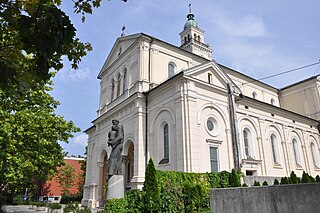
The Church of St. Anthony of Padua, also known as the Vis Church, is a neo-Renaissance church from the beginning of the 20th century. The parish church of the parish of Ljubljana – Vič, which stands along Tržaška cesta in the Ljubljana district of Vič, next to the rectory of the Parish of Ljubljana – Vič, the Vič Youth Centre and Antonov dom.
Wikipedia: Župnijska cerkev sv. Antona Padovanskega, Ljubljana (SL)
Share
How likely are you to recommend us?
Disclaimer Please be aware of your surroundings and do not enter private property. We are not liable for any damages that occur during the tours.

